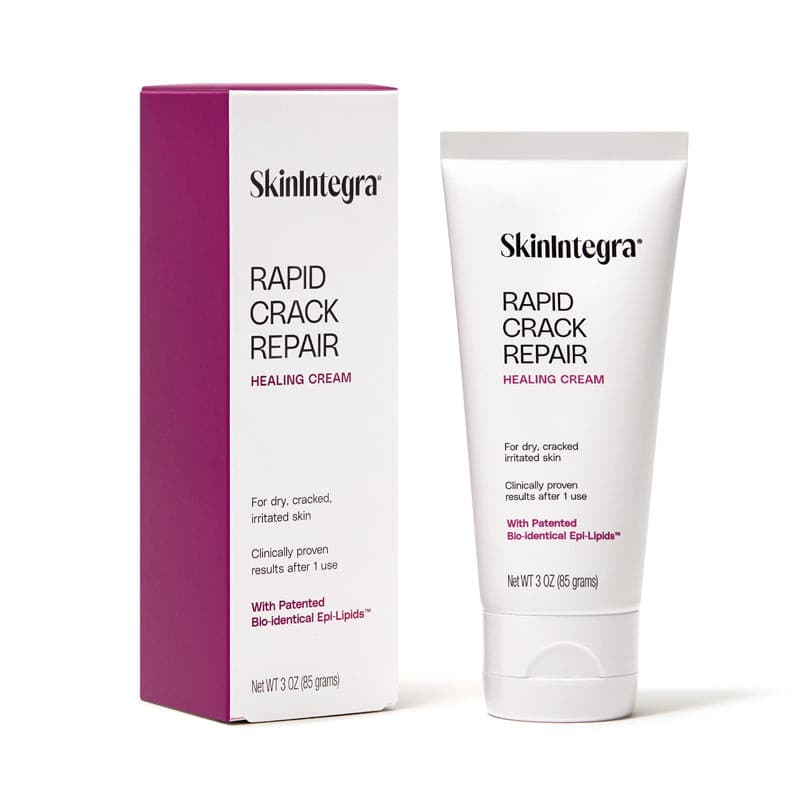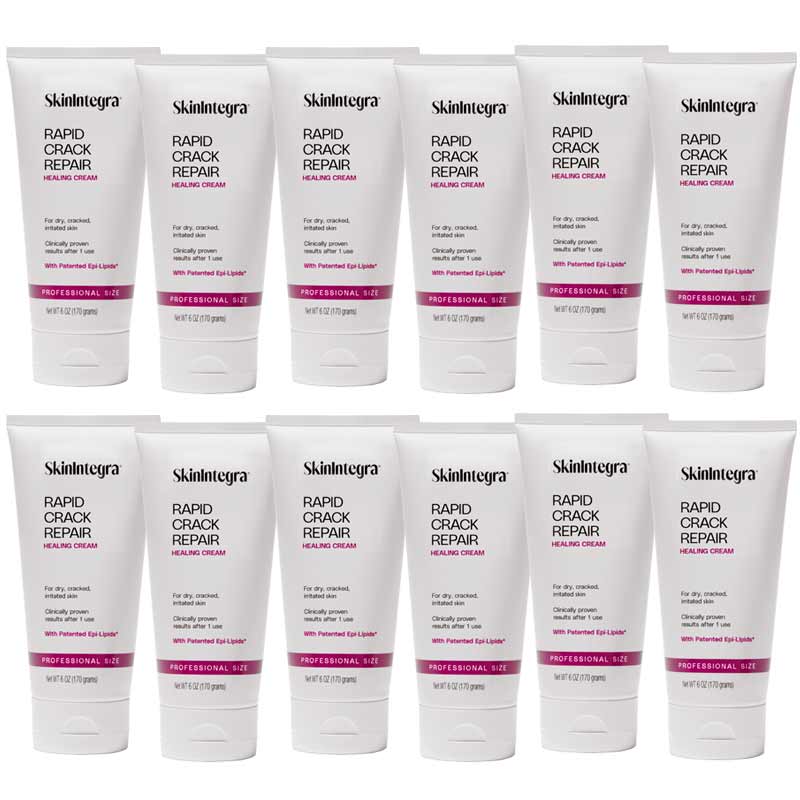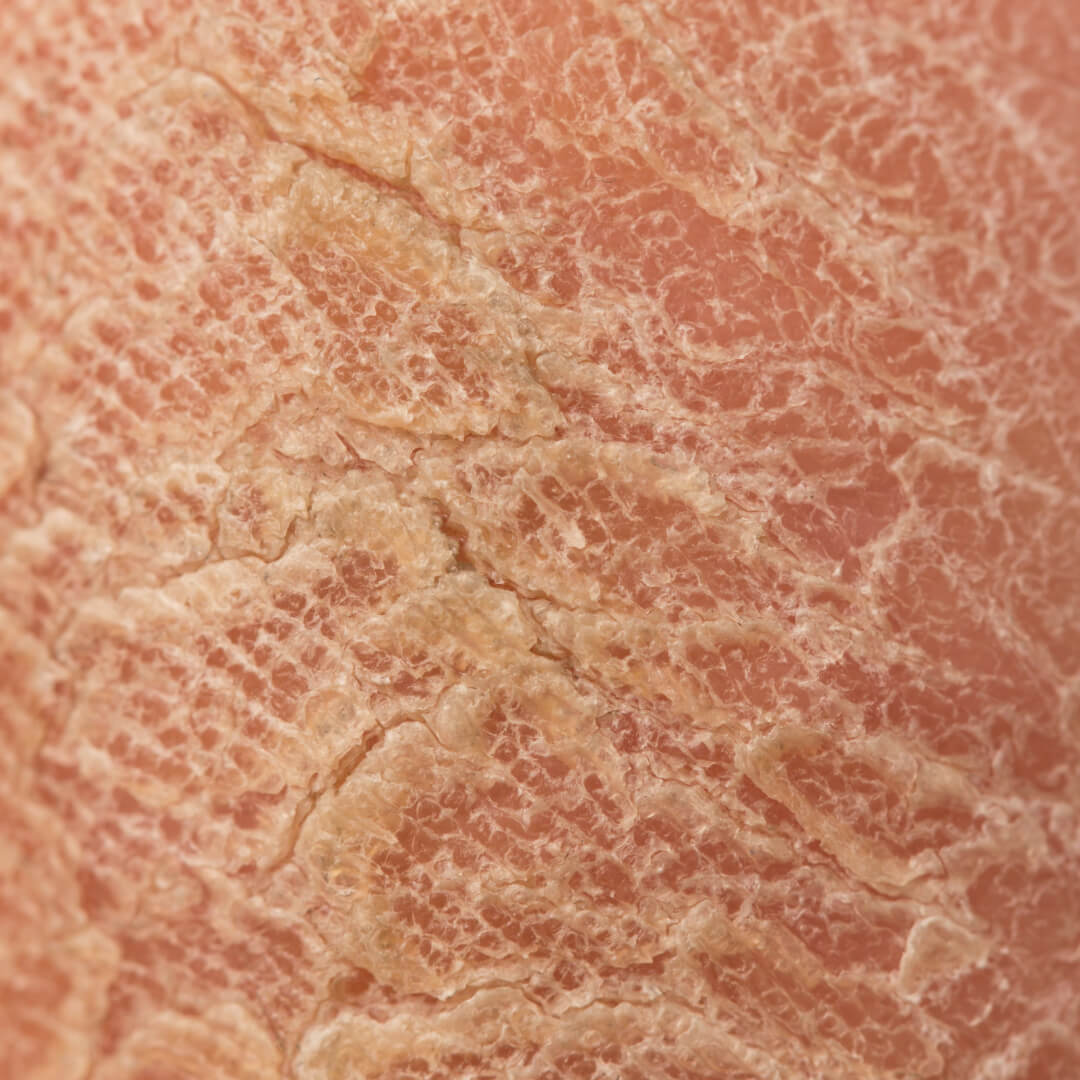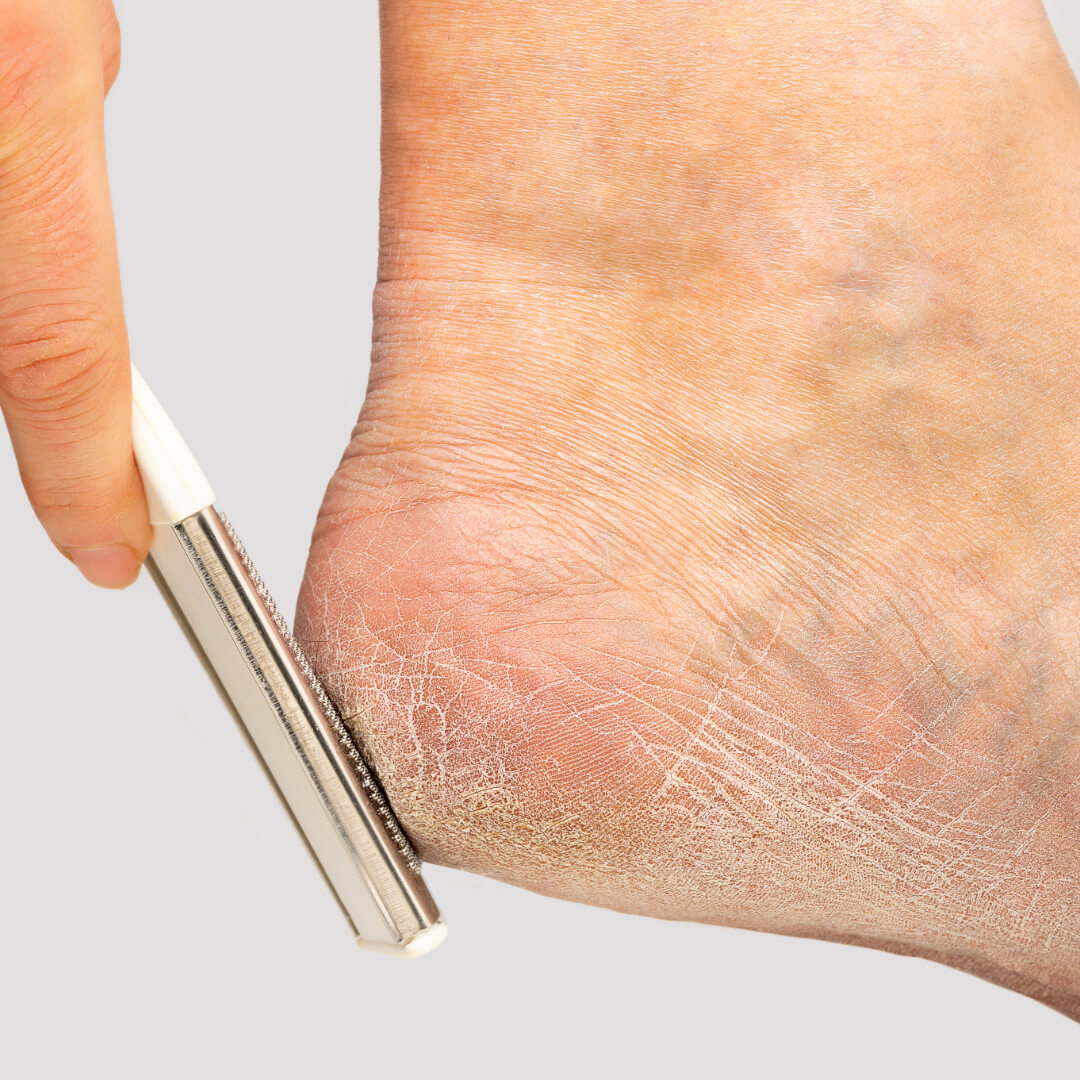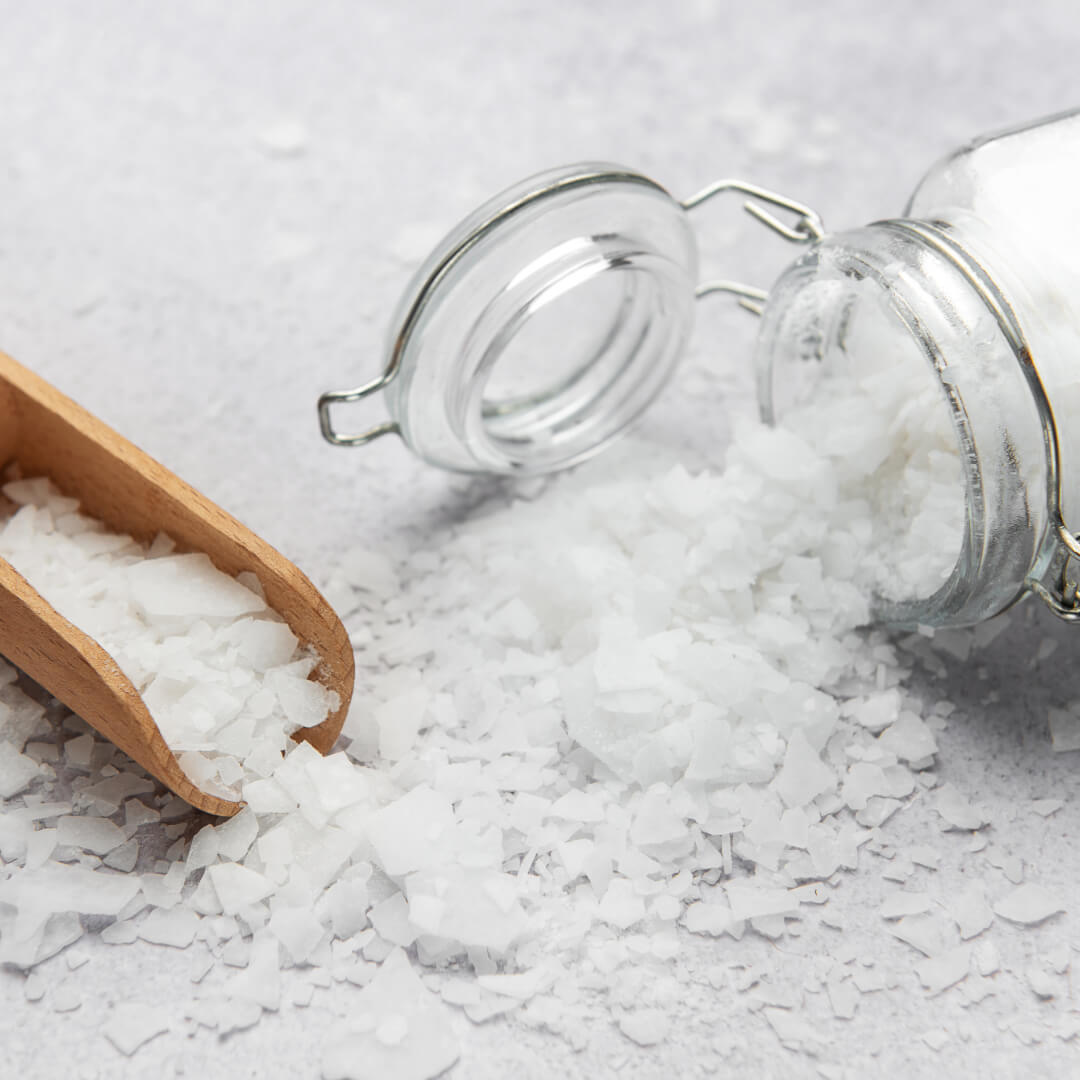Cracked Heels and Diabetes: When Is an Antibiotic Necessary?
Cracked heels are more than a cosmetic issue—especially if you have diabetes. Dry skin, nerve damage (neuropathy), and poor circulation can make your feet more vulnerable to deep fissures that bleed or become infected. Understanding when to seek antibiotic treatment is crucial to prevent serious complications.
In this article, we'll explore the signs that suggest an infection, review common topical antibiotics and antimicrobial ingredients, and explain how preventive skincare with clinically proven barrier repair can reduce the need for antibiotics in the first place.
Why People with Diabetes Are at Greater Risk for Infection
People with diabetes or weakened immune systems are at a significantly higher risk of developing serious infections from cracked heels. This is due to a combination of factors: reduced sensation in the feet (neuropathy), poor circulation, and a weakened skin barrier. These conditions make it harder to feel small injuries, heal efficiently, or fight off invading bacteria and fungi.
Even a seemingly minor fissure can serve as a portal for infection. In people with diabetes, what begins as a superficial skin crack can quickly escalate into cellulitis or, in more severe cases, a diabetic foot ulcer. These complications may require hospitalization, intravenous antibiotics, or even surgical intervention if not treated promptly.
That’s why proactive foot care is critical. Daily inspection of your feet, moisturizing with a clinically-proven urea cream, and seeking early medical intervention can go a long way in preventing complications.
Signs Your Cracked Heels May Be Infected
While many cracks heal with proper moisturizing, some deepen and allow bacteria or fungi to enter the skin. Warning signs of infection include:
-
Skin color changes: Redness or discoloration around the crack can signal early infection. In cases like cellulitis, red streaking may develop as the infection spreads.
-
Swelling: Inflamed, swollen skin that appears shiny and feels firm can indicate a local infection. This may be accompanied by pain or tenderness.
-
Drainage: Any fluid discharge from the fissure—clear, cloudy, or with a foul odor—can signal infection. This is especially true if combined with redness, warmth, or swelling.
-
Warmth: Skin that feels noticeably warm to the touch may be inflamed or infected, particularly when other symptoms are present.
If you notice these signs, immediately consult your podiatrist or healthcare provider. Left untreated, an infected heel crack can develop into cellulitis or even a diabetic foot ulcer.
Bleeding or infected cracks: Learn more
Understanding Prevention, Treatment, and Wound Care for Cracked Heels
Prevention focuses on maintaining healthy skin before problems start. This includes regular moisturizing with barrier-repair creams, avoiding barefoot walking, choosing supportive footwear, and inspecting your feet daily. For people with diabetes, prevention is especially important because even small cracks can lead to serious infections.
Treatment begins when dryness, roughness, or early fissures appear. At this stage, using a therapeutic moisturizer containing 25% urea—like SkinIntegra—can help exfoliate thick skin while hydrating deeply. If inflammation or mild infection is present, your provider may recommend adding an over-the-counter antifungal or a short course of topical antibiotics.
Choosing the right exfoliating ingredients
Wound care applies when cracks deepen to the point of bleeding, drainage, or signs of infection. This phase often requires professional medical evaluation, cleaning, protective dressings, and possibly prescription-strength topical or oral antibiotics. In advanced cases, debridement or wound decontamination may be necessary to prevent progression to ulcers.
By recognizing which stage you're in, you can act appropriately and avoid further damage. The earlier you intervene with prevention and treatment, the less likely wound care or antibiotics will be needed.
Topical Antibiotics Often Used for Skin Fissures
Some heel fissures may require the use of topical antibiotics, especially if infection is localized and mild. Common options include:
-
Mupirocin (Bactroban): Often prescribed for infected skin wounds and fissures. Effective against Staphylococcus aureus.
-
Neomycin (in OTC triple antibiotic ointments): Readily available but may cause allergic reactions in some users.
-
Gentamicin: Used occasionally for skin infections; less common for outpatient foot care.
For mild infections, antibiotic ointments can be applied 2–3 times a day, often with a bandage to help keep the area clean and moist. This helps maintain a protective environment while the skin heals.
For more extensive infections, oral antibiotics may be needed. However, it's critical to avoid overuse of antibiotics, which can lead to resistance and other complications.
That’s why it’s essential to:
-
Use antibiotics only when signs of infection are present.
-
Follow dosing and frequency instructions precisely.
-
Monitor for side effects or allergic reactions.
-
Consult your podiatrist if symptoms persist or worsen.
In many cases, pairing a short course of topical antibiotics with a barrier-repair cream like SkinIntegra can address both infection and the underlying skin breakdown.
Can Silver Creams or Dressings Help?
Silver is a broad-spectrum antimicrobial that has been used in wound care for decades. It helps reduce microbial load in ulcers and chronic wounds. Some podiatrists use silver-based dressings for deeper fissures or diabetic foot ulcers.
However, silver should be used selectively. Overuse can dry out skin or interfere with normal healing. It is not typically recommended for routine dry skin or superficial cracks.
If you're considering silver products, consult your doctor—especially if you have peripheral neuropathy or impaired circulation.
How to Apply a Urea Cream with Antibiotic Ointment
When both urea and antibiotic creams are recommended, they can be safely used together with a few simple guidelines:
-
Clean the area gently with warm water and pat dry.
-
Apply the antibiotic ointment (e.g., mupirocin) directly into the fissure or affected area. Allow it to absorb for a few minutes.
-
Apply the urea cream to the surrounding dry or thickened skin—but not directly over the open wound if it’s raw or bleeding.
Frequency: Twice daily is typical, but follow your provider's guidance. Use the antibiotic until signs of infection resolve, and continue the urea cream regularly to prevent recurrence.
This combination allows the antibiotic to address active infection, while the urea cream repairs and maintains skin barrier health.
Why salicylic acid isn’t safe for diabetic skin
Preventing Cracks from Becoming Infected
The best way to avoid the need for antibiotics is to prevent cracked heels from becoming deep or colonized with bacteria in the first place. Prevention strategies include:
-
Moisturize your heels twice daily
-
Avoid barefoot walking, especially on rough or dirty surfaces
-
Use breathable footwear and moisture-wicking socks
-
Cover deep cracks with a sterile dressing
Treat fungal infections with urea-based creams
Why SkinIntegra® May Help Prevent Infection

SkinIntegra® Rapid Crack Repair Cream is clinically shown to accelerate healing of dry, cracked skin while restoring the protective barrier. Unlike conventional moisturizers, SkinIntegra contains:
-
25% urea and lactic acid to soften and exfoliate thickened skin
-
A patented lipid and humectant blend that mimics the skin’s natural barrier
-
A fast-absorbing, non-greasy formula safe for daily use on diabetic skin
Clinically tested in an in-vitro study to kill 99% of common fungi and bacteria in less than 1 minute, SkinIntegra offers proactive antimicrobial protection that reduces the risk of cracked skin becoming infected.
Its formulation is backed by podiatrists and has received the Seal of Approval from the American Association of Podiatric Medicine (APMA), making it a trusted choice for people with diabetes and fragile skin.
Dr. Priya Parthasarathy, a board certified podiatrist who practices in Silver Spring, Maryland added:"For mild skin infections—like a cracked, infected heel—I often use a topical antibiotic along with SkinIntegra. The antibiotic helps clear the infection, and SkinIntegra protects and restores the surrounding skin barrier so it can heal faster, especially in people with diabetes or sensitive skin. The results have been impressive!"
Caring for Someone with Diabetes? Tips to Help Manage Foot Cracks
If you're supporting a loved one with diabetes, help them inspect their feet daily for signs of dryness, cracks, or redness. Encourage the use of a clinically proven urea-based moisturizer and ensure they seek medical care if any signs of infection appear. Keeping a simple care kit on hand—with bandages, SkinIntegra, and clean socks—can support early intervention and prevent complications.
Shop SkinIntegra Rapid Crack Repair Cream
If you struggle with dry, cracked heels or want to prevent painful fissures before they worsen, explore SkinIntegra Rapid Crack Repair Cream—trusted by medical professionals and patients alike.
Frequently Asked Questions
Q: When should I see a doctor for cracked heels?
A: If your heels are bleeding, showing signs of infection, or not responding to moisturizing after several days, seek medical attention.
Q: Can I use antibiotic cream on cracked heels?
A: Yes, but only if there's a clear sign of infection. Daily use of antibiotic creams is not recommended unless directed by a healthcare provider.
Q: Are silver creams safe for diabetic skin?
A: They can be, but should be used cautiously and only under supervision if you have diabetes.
Q: What ingredients are best for preventing cracked heels in diabetes?
A: Urea, lactic acid, and SkinIntegra’s patented barrier repair blend are excellent choices.
Q: Can cracked heels lead to a diabetic foot ulcer?
A: Yes. If a fissure becomes infected and deepens, it can evolve into an ulcer. That’s why early treatment and barrier repair are so important.
Q: What type of socks help prevent cracked heels?
A: Moisture-wicking, seamless socks help reduce friction and keep your feet dry—both of which protect against cracking.
Q: Should I cover cracked heels overnight?
A: Covering your heels with a bandage or clean cotton sock after applying urea cream can help lock in moisture and promote healing.
Q: Can I apply urea cream and antibiotic cream together?
A: Yes. Apply the antibiotic directly into the fissure first, let it absorb, then follow with urea cream on surrounding dry skin. This combination supports healing and barrier repair.
